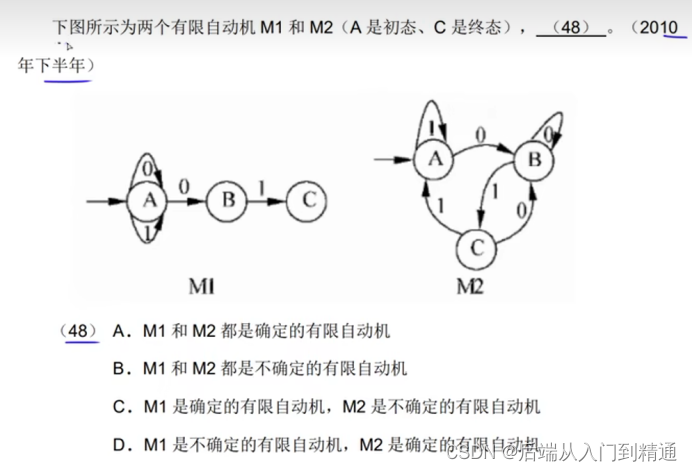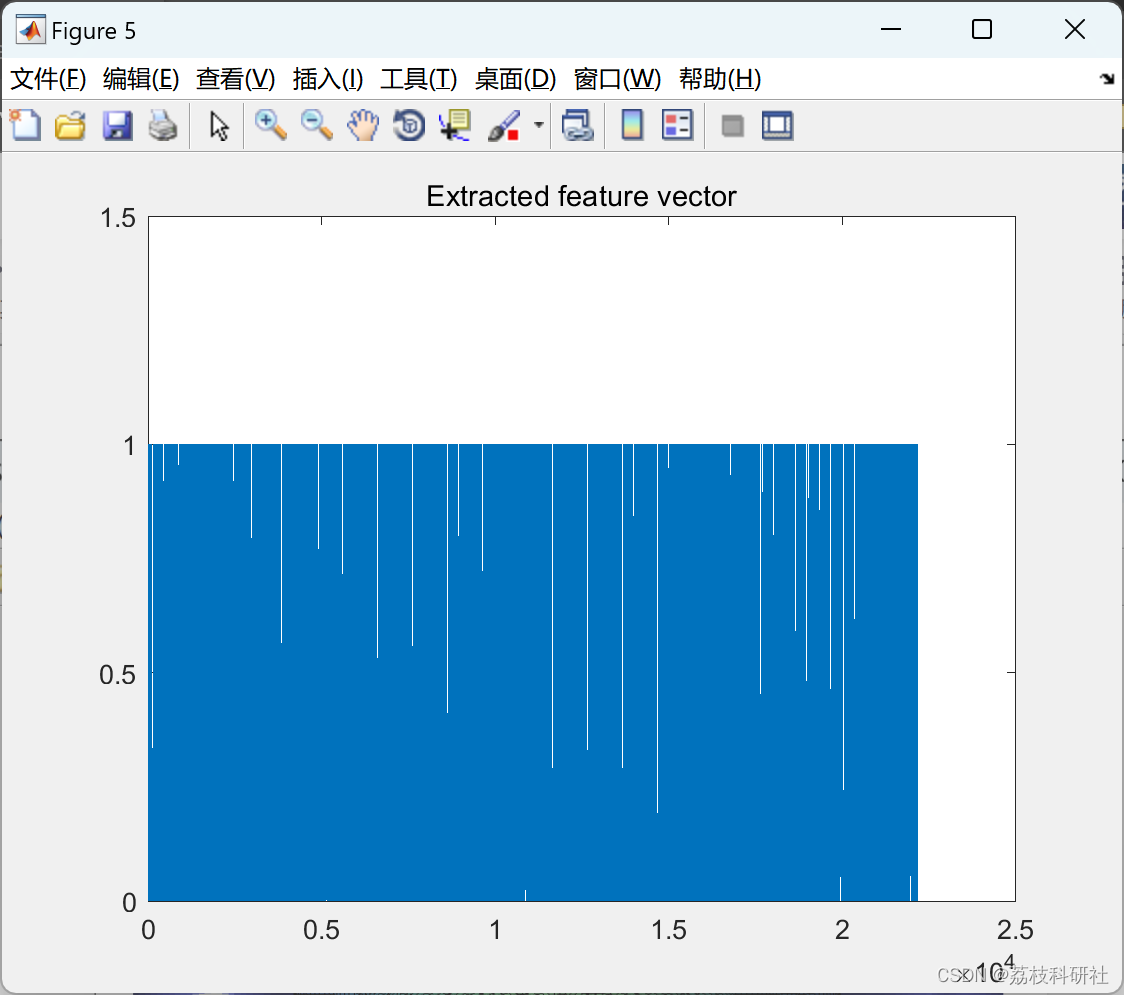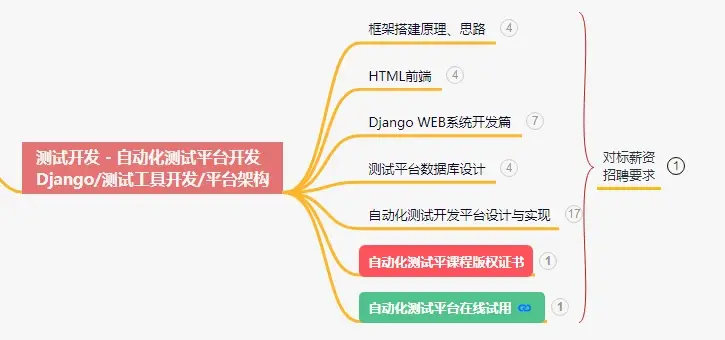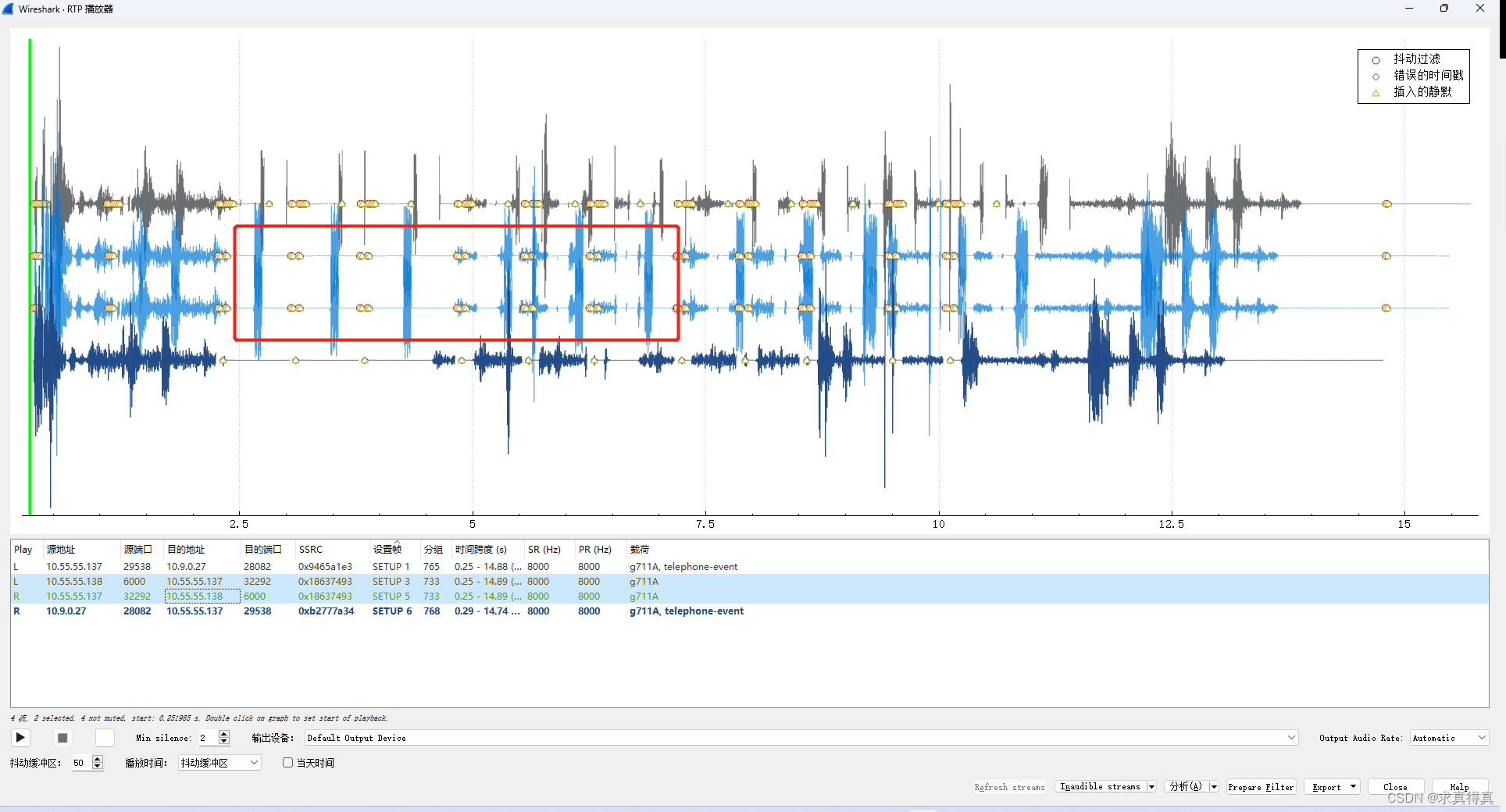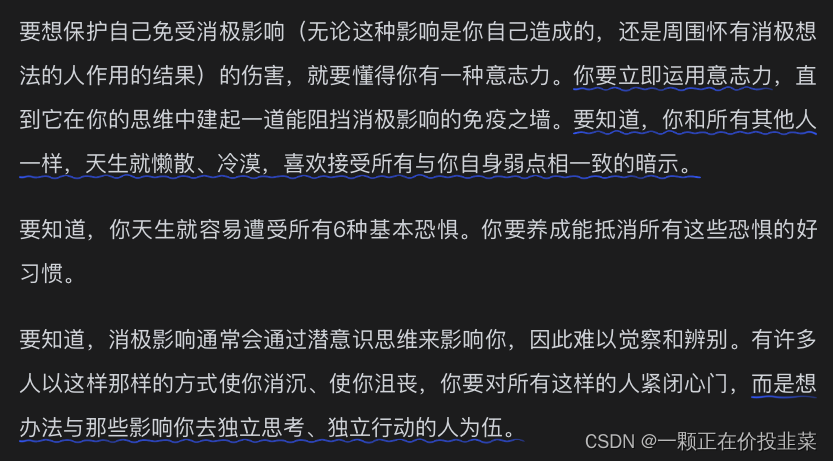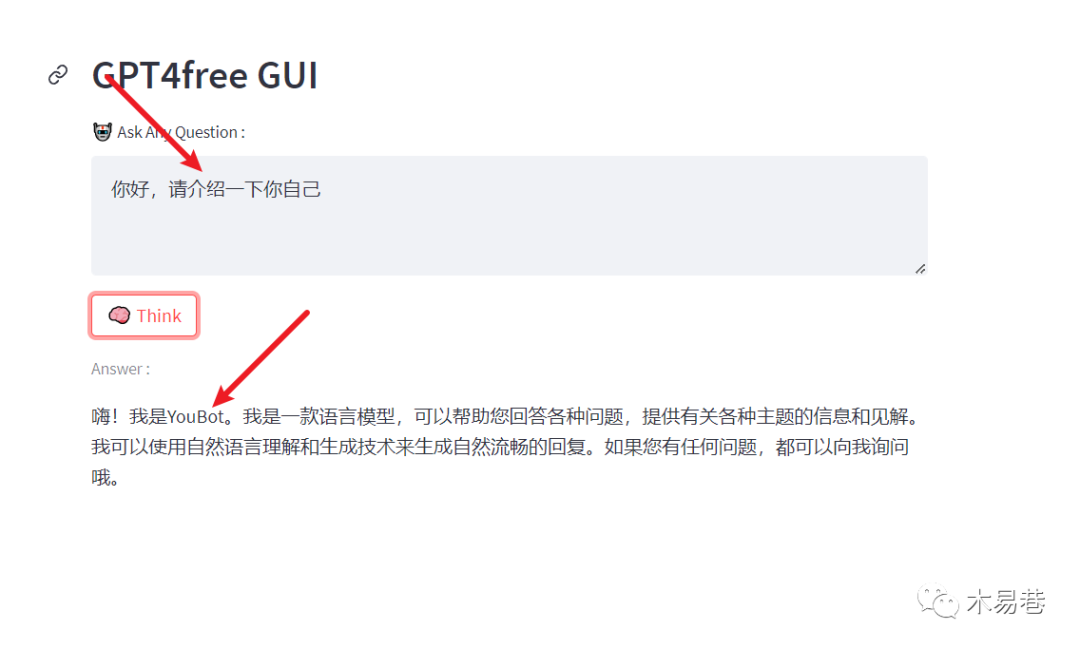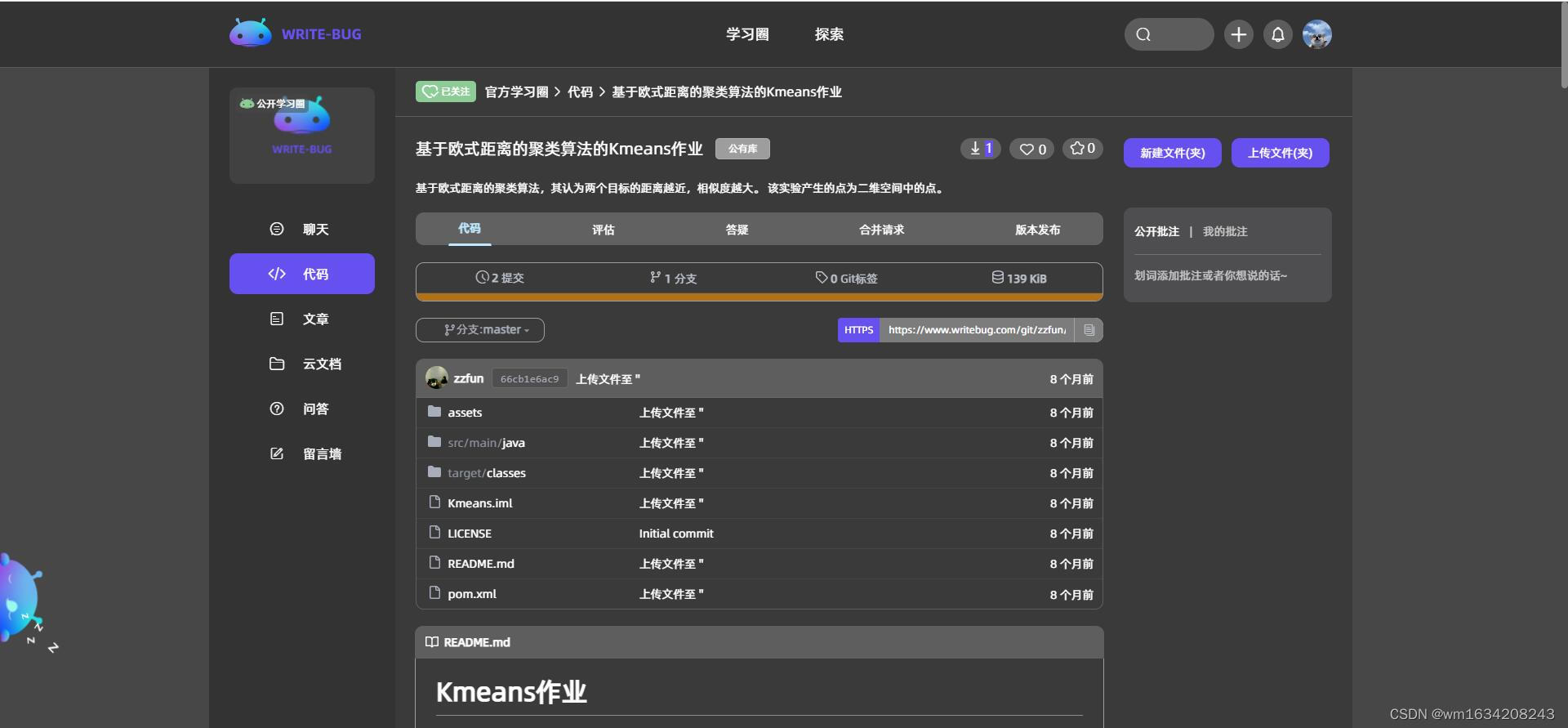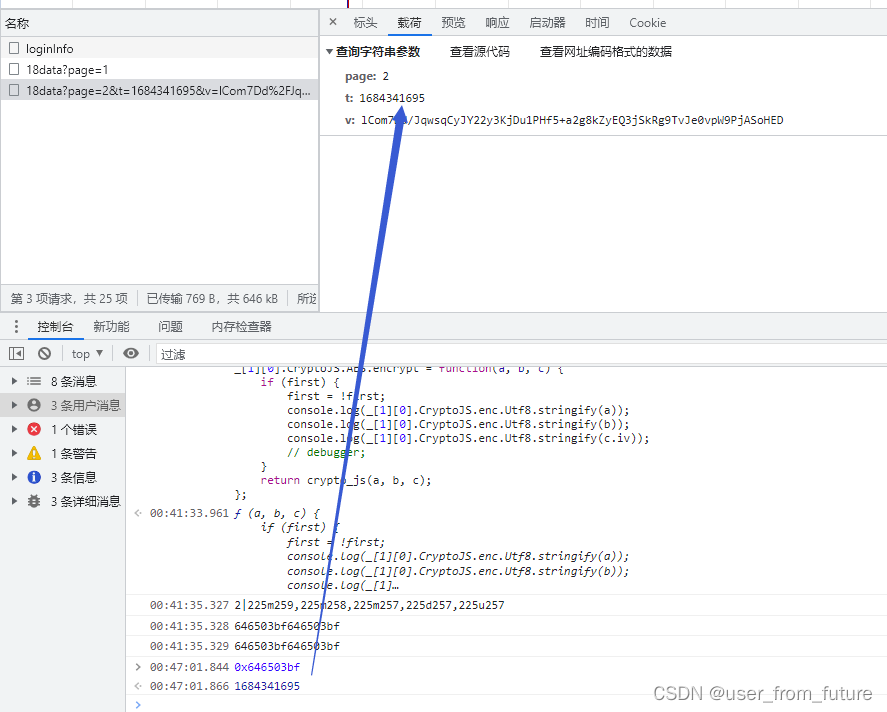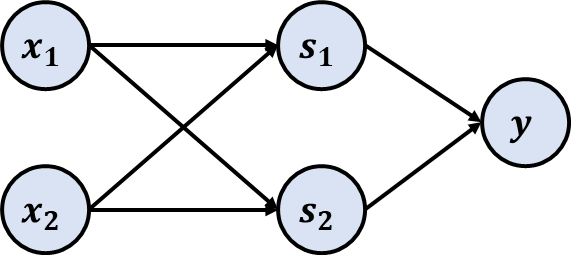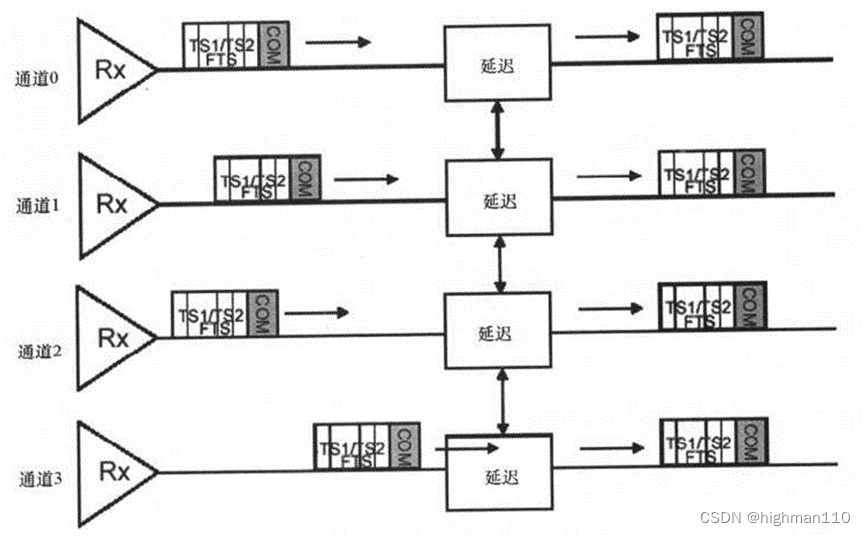
代码随想录按照数组-> 链表-> 哈希表->字符串->栈与队列->树->回溯->贪心->动态规划->图论->高级数据结构,再从简单刷起,做了几个类型题目之后,再慢慢做中等题目、困难题目。
以下是个人刷题总结,官方网站 https://programmercarl.com/
代码链接:Leetcode-Python: Leetcode-Python
目录
链表理论基础
203.移除链表元素
707.设计链表
206.反转链表
24. 两两交换链表中的节点
19.删除链表的倒数第N个节点
160. 链表相交
142.环形链表II
总结
链表理论基础
什么是链表,链表是一种通过指针串联在一起的线性结构,每一个节点由两部分组成,一个是数据域一个是指针域(存放指向下一个节点的指针),最后一个节点的指针域指向null(空指针的意思)。
链表的入口节点称为链表的头结点也就是head。
单链表

数组是在内存中是连续分布的,但是链表在内存中可不是连续分布的。
链表是通过指针域的指针链接在内存中各个节点。
所以链表中的节点在内存中不是连续分布的 ,而是散乱分布在内存中的某地址上,分配机制取决于操作系统的内存管理。
双链表
双链表:每一个节点有两个指针域,一个指向下一个节点,一个指向上一个节点。
双链表 既可以向前查询也可以向后查询。

循环链表
循环链表,顾名思义,就是链表首尾相连。
循环链表可以用来解决约瑟夫环问题。
链表的定义
class ListNode:
def __init__(self, val, next=None):
self.val = val
self.next = next203.移除链表元素
力扣题目链接(opens new window)
题意:删除链表中等于给定值 val 的所有节点。
示例 1: 输入:head = [1,2,6,3,4,5,6], val = 6 输出:[1,2,3,4,5]
示例 2: 输入:head = [], val = 1 输出:[]
示例 3: 输入:head = [7,7,7,7], val = 7 输出:[]
这里添加虚拟节点的方法

class Solution(object):
def removeElements(self, head, val):
"""
:type head: ListNode
:type val: int
:rtype: ListNode
"""
# 添加虚拟节点
dummy_head = ListNode(next=head)
cur = dummy_head
while cur.next is not None:
# 判断要删除的节点
if cur.next.val == val:
cur.next = cur.next.next
else:
cur = cur.next
return dummy_head.next非常简单。最后要返回dummy_head.next。
707.设计链表
力扣题目链接(opens new window)
题意:
在链表类中实现这些功能:
- get(index):获取链表中第 index 个节点的值。如果索引无效,则返回-1。
- addAtHead(val):在链表的第一个元素之前添加一个值为 val 的节点。插入后,新节点将成为链表的第一个节点。
- addAtTail(val):将值为 val 的节点追加到链表的最后一个元素。
- addAtIndex(index,val):在链表中的第 index 个节点之前添加值为 val 的节点。如果 index 等于链表的长度,则该节点将附加到链表的末尾。如果 index 大于链表长度,则不会插入节点。如果index小于0,则在头部插入节点。
- deleteAtIndex(index):如果索引 index 有效,则删除链表中的第 index 个节点。
这题有点长、可以进行拆分。
这道题目设计链表的五个接口:
- 获取链表第index个节点的数值
- 在链表的最前面插入一个节点
- 在链表的最后面插入一个节点
- 在链表第index个节点前面插入一个节点
- 删除链表的第index个节点
可以说这五个接口,已经覆盖了链表的常见操作,是练习链表操作非常好的一道题目
class MyLinkedList(object):
def __init__(self):
self.head = Node()
self.size = 0 # 设置一个链表长度的属性,便于后续操作,注意每次增和删的时候都要更新
def get(self, index):
"""
:type index: int
:rtype: int
"""
if index < 0 or index >= self.size:
return -1
cur = self.head.next
while index:
cur = cur.next
index -= 1
return cur.val
def addAtHead(self, val):
"""
:type val: int
:rtype: None
"""
# 新建新节点,将值置为val
new_node = Node(val)
# 头插法
new_node.next = self.head.next
self.head.next = new_node
self.size += 1
def addAtTail(self, val):
"""
:type val: int
:rtype: None
"""
new_node = Node(val)
cur = self.head
# 只要链表的next不为空,遍历到最后的位置
while cur.next:
cur = cur.next
# 在最后的位置插入元素 尾插法
cur.next = new_node
# 添加成功 链表长度+1
self.size += 1
def addAtIndex(self, index, val):
"""
:type index: int
:type val: int
:rtype: None
在指定位置添加链表元素
"""
# 如果index<0 选择头插法
if index < 0:
self.addAtHead(val)
return
# 尾插法
elif index == self.size:
self.addAtTail(val)
return
# 不存在
elif index > self.size:
return
node = Node(val)
pre = self.head
while index:
pre = pre.next
index -= 1
node.next = pre.next
pre.next = node
self.size += 1
def deleteAtIndex(self, index):
"""
:type index: int
:rtype: None
"""
if index < 0 or index >= self.size:
return
pre = self.head
while index:
pre = pre.next
index -= 1
pre.next = pre.next.next
self.size -= 1
206.反转链表
力扣题目链接(opens new window)
题意:反转一个单链表。
示例: 输入: 1->2->3->4->5->NULL 输出: 5->4->3->2->1->NULL
#思路
如果再定义一个新的链表,实现链表元素的反转,其实这是对内存空间的浪费。
其实只需要改变链表的next指针的指向,直接将链表反转 ,而不用重新定义一个新的链表,如图所示:
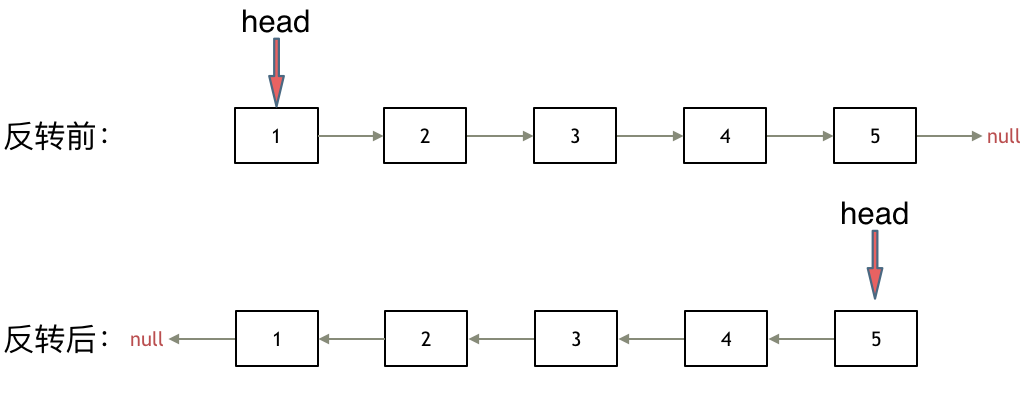
首先定义一个cur指针,指向头结点,再定义一个pre指针,初始化为null。
然后就要开始反转了,首先要把 cur->next 节点用tmp指针保存一下,也就是保存一下这个节点。
为什么要保存一下这个节点呢,因为接下来要改变 cur->next 的指向了,将cur->next 指向pre ,此时已经反转了第一个节点了。
接下来,就是循环走如下代码逻辑了,继续移动pre和cur指针。
最后,cur 指针已经指向了null,循环结束,链表也反转完毕了。 此时我们return pre指针就可以了,pre指针就指向了新的头结点。
# Definition for singly-linked list.
# class ListNode(object):
# def __init__(self, val=0, next=None):
# self.val = val
# self.next = next
class Solution(object):
def reverseList(self, head):
"""
:type head: ListNode
:rtype: ListNode
"""
# 申请两个指针,第一个指针叫 pre,最初是指向 null 的。
pre = None
# 第二个指针 cur 指向 head,然后不断遍历 cur
cur = head
# 每次迭代到 cur,都将 cur 的 next 指向 pre,然后 pre 和 cur 前进一位。
while cur is not None:
# 记录当前节点的下一个节点
tmp = cur.next
# 当前节点指向pre
cur.next = pre
# pre和cur节点都前进一位
pre = cur
cur = tmp
return pre
24. 两两交换链表中的节点
力扣题目链接(opens new window)
给定一个链表,两两交换其中相邻的节点,并返回交换后的链表。
你不能只是单纯的改变节点内部的值,而是需要实际的进行节点交换。

class Solution(object):
def swapPairs(self, head):
"""
:type head: ListNode
:rtype: ListNode
"""
if not head or not head.next:
return head
# 初始时,cur指向虚拟头结点
newHead = head.next
head.next = self.swapPairs(newHead.next)
newHead.next = head
return newHead
# 时间复杂度:O(n)
# 空间复杂度:O(1)19.删除链表的倒数第N个节点
力扣题目链接(opens new window)
给你一个链表,删除链表的倒数第 n 个结点,并且返回链表的头结点。
进阶:你能尝试使用一趟扫描实现吗?
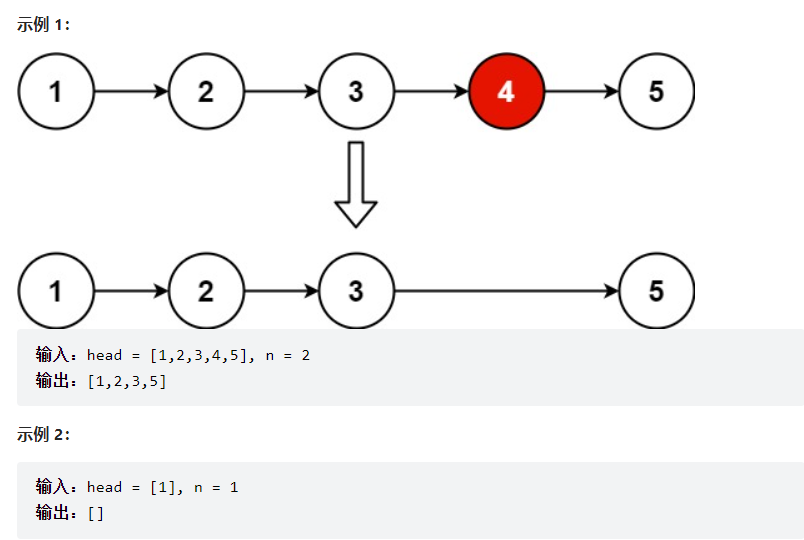
class Solution(object):
def removeNthFromEnd(self, head, n):
"""
:type head: ListNode
:type n: int
:rtype: ListNode
"""
# 保存链表的长度
len = 0
cur = head
while cur: # 求链表的长度
cur = cur.next
len += 1
# 添加虚拟节点
dummy_head = ListNode(next=head)
cur = dummy_head
delect = 0
while cur.next is not None:
delect += 1
# 判断要删除的节点
if delect == len - n:
cur.next = cur.next.next
else:
cur = cur.next
return dummy_head.next
if __name__ == '__main__':
sol = Solution()
head = None
for i in [4, 3, 2, 1, 0]:
head = ListNode(i, head)
t = 2
print(sol.removeNthFromEnd(head, t))160. 链表相交
力扣题目链接(opens new window)
给你两个单链表的头节点 headA 和 headB ,请你找出并返回两个单链表相交的起始节点。如果两个链表没有交点,返回 null 。
# — coding: utf-8 –
# Definition for singly-linked list.
# class ListNode(object):
# def __init__(self, x):
# self.val = x
# self.next = None
class Solution(object):
def getIntersectionNode(self, headA, headB):
"""
:type head1, head1: ListNode
:rtype: ListNode
"""
# if not headA or not headB:
# return None
# pa, pb = headA, headB
# while pa != pb:
# if pa is None:
# pa = headB
# else:
# pa = pa.next
# if pb is None:
# pb = headA
# else:
# pb = pb.next
# return pa
# 我们求出两个链表的长度,并求出两个链表长度的差值,然后让curA移动到,和curB 末尾对齐的位置
lenA, lenB = 0, 0
cur = headA
while cur: # 求链表A的长度
cur = cur.next
lenA += 1
cur = headB
while cur: # 求链表B的长度
cur = cur.next
lenB += 1
# 搞俩个头
curA, curB = headA, headB
# 交换俩个头,让curB为最长链表的头,lenB为其长度
if lenA > lenB:
curA, curB = curB, curA
lenA, lenB = lenB, lenA
# 让curA和curB在同一起点上(末尾位置对齐)
for _ in range(lenB - lenA):
curB = curB.next
# 遍历curA 和 curB,遇到相同则直接返回
while curA:
if curA == curB:
return curA
else:
curA = curA.next
curB = curB.next
return None
142.环形链表II
力扣题目链接(opens new window)
题意: 给定一个链表,返回链表开始入环的第一个节点。 如果链表无环,则返回 null。
为了表示给定链表中的环,使用整数 pos 来表示链表尾连接到链表中的位置(索引从 0 开始)。 如果 pos 是 -1,则在该链表中没有环。
说明:不允许修改给定的链表。

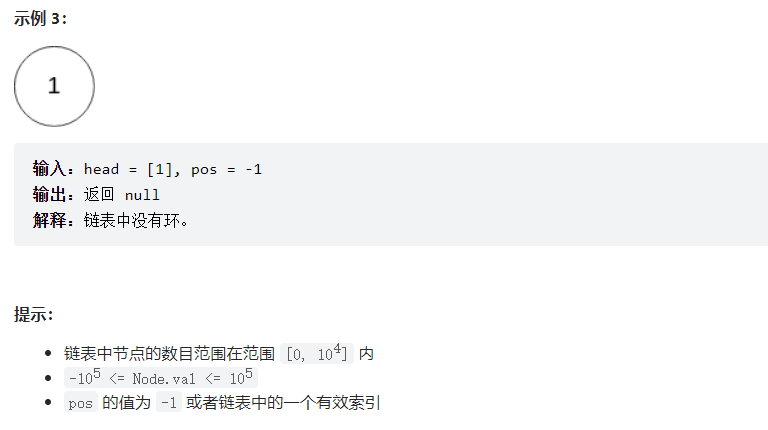
可以使用快慢指针法,分别定义 fast 和 slow 指针,从头结点出发,fast指针每次移动两个节点,slow指针每次移动一个节点,如果 fast 和 slow指针在途中相遇 ,说明这个链表有环。
class Solution(object):
def detectCycle(self, head):
"""
:type head: ListNode
:rtype: ListNode
"""
slow, fast = head, head
while fast and fast.next:
# 慢指针一次移动一个,快指针一次移动两个
slow = slow.next
fast = fast.next.next
# 相遇
if slow == fast:
index1 = head
index2 = slow
while index2 != index1:
index1 = index1.next
index2 = index2.next
# 返回相交的指针
return index1
总结
- 链表的种类主要为:单链表,双链表,循环链表
- 链表的存储方式:链表的节点在内存中是分散存储的,通过指针连在一起。
- 链表是如何进行增删改查的。
- 数组和链表在不同场景下的性能分析。

